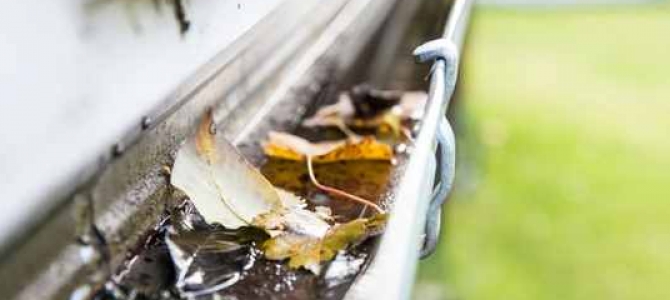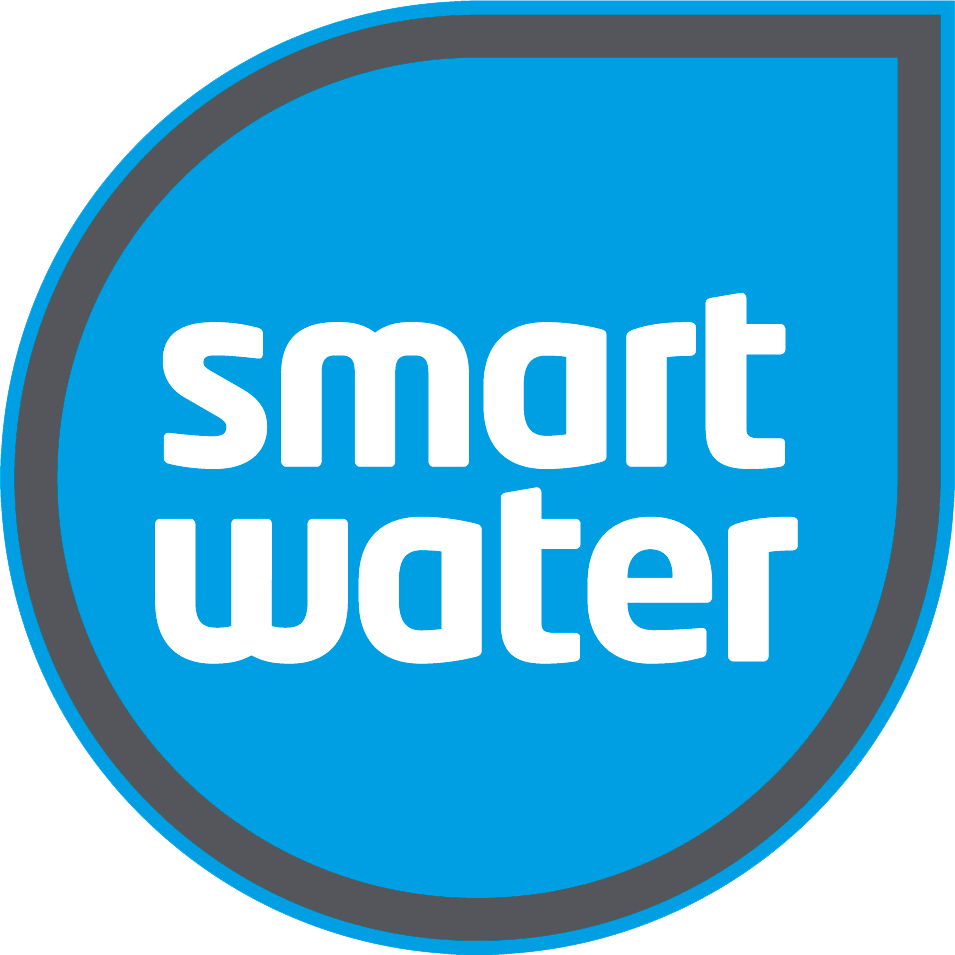 Shopping Cart
Shopping Cart
09 January 2023
Turning rainwater into drinking water – how to make rainwater safe for drinking

Rainwater harvesting is becoming increasingly popular around the world. Whilst many people collect rainwater for non-potable uses such as watering the garden or washing the car, there are more and more people that are turning to rainwater for potable purposes such as drinking, cooking, and bathing.
Whether you are looking to save on your water bill, or you are trying to live more sustainably, rainwater harvesting is a great option. Collecting the rainwater that falls onto your property and filtering this into a rainwater tank has many benefits, both from a cost-saving perspective and also for the environment.
Rainwater harvesting can be as simple as using a rain barrel to collect a relatively small amount of water for watering the garden during the dry summer months. For lots of people, however, they are moving to a much larger rainwater harvesting system, with rainwater tanks capable of holding up to 30,000 litres. This type of tank can be stored above or underground and can provide the water a home needs for the year without any reliance on the mains system.
For those that are new to rainwater harvesting, some of the most common questions we see relate to whether rainwater is safe to drink. The simple answer to that question is yes, however, there are a number of steps you need to take to ensure the rainwater you harvest is safe for consumption, as well as for other potable uses such as cooking and bathing.
If you only plan on using the rainwater you harvest for non-potable purposes, then you don’t need to worry too much about some of the following steps, however, it is always good to know how to ensure your water is safe for drinking in case you decide to make the full switch later on.
Here are some of the most frequently asked questions when it comes to drinking rainwater.
Is it possible to filter rainwater and make it drinkable?
If you are planning on collecting rainwater for drinking, then you will need to put in place a number of filtration systems to ensure that the water is safe to drink.
Potable water – water you plan to drink, cook with or shower in – must be filtered from all debris and also pathogens and microbial pollutants before it is considered safe for consumption.
There are a number of ways you can filter the rainwater that falls onto your roof before it enters your tank and before it enters your home and it is often necessary to use a combination of these filters to ensure that your water is clean and safe.
Whilst the rainwater that falls directly from the sky is relatively safe to drink, in order to collect the rainwater in your tank, it must first land on the roof of your property and this is where it can pick up debris, pathogens and microbial pollutants that can make it unsafe for drinking.
As the rainwater sits in your tank, there is also the possibility that bacteria can develop here as well so it is important to treat the water in your tank as well as add another layer of filtration before the water leaves your tank and enters your property.
You can learn more about how to filter rainwater safely in one of our previous posts.
Is it safe to drink rainwater directly from the sky?
As we have touched upon above, if you were to stand out in a rain shower and drink the water directly as it falls from the sky, you would be absolutely fine.
Whilst rainwater does collect some pollutants as it falls from the sky, it is still one of the purest forms of water on earth as it doesn’t have any dissolved impurities. As soon as rainwater hits the ground and enters our waterways, it starts to dissolve impurities which impact the cleanliness of the water and its safety to drink.
A potential exception to the safety of drinking rainwater directly from the sky is in very polluted cities. In this instance, rainwater can absorb pollutants as it falls from the sky before it hits the ground and this may make it unsafe for drinking.
In countries like New Zealand, for example, this is not an issue but in other largely populated areas, it can be more problematic and this can also impact the rainwater you collect in your tank as well, requiring further filtration or purification.
Is fresh rainwater the optimal drinking water?
There are many people that would say that rainwater is the purest form of drinking water and therefore making it the optimal drinking water, however, not all rainwater is created equal.
There are a number of factors that determine the quality and cleanliness of the water that falls from the sky so when we are answering the question “is fresh rainwater the optimal drinking water?”, there are a number of factors that we need to take into consideration.
As rain falls from the sky, it absorbs pollution, pollen, mould, and other contaminants including dust and low levels of bacteria. If these are not filtered out of your rainwater before you use it, especially for drinking.
If, however, you can collect or drink rainwater directly from the sky, without it touching any surface, then rainwater can be considered the optimal drinking water in most places around the world.
You can read more about the cleanliness of rainwater in a previous post.
How can you keep rainwater fresh during dry periods?
We have already talked about the importance of filtering the rainwater you collect, but there are times when it doesn’t rain for long periods so the water you have collected can sit for too long without being replaced.
Even though you may have filtered the water as it entered the tank and you filter it before it enters your property when water sits for long periods, it can become stagnant if it goes untreated.
During dry periods, and even at other times, it may be necessary to treat the water in your tank, either with chemicals or by injecting air into your water.
Chemical treatments are the most common way to treat water in a tank and many people use bleach which helps to keep your water free from algae, mosquito larvae, and other pathogens.
Bleach is considered safe to add to your rainwater tank if you have filters installed as the bleach will be filtered out as part of the filtration process.
Aeration is another way to treat the water in your tank. Aeration helps to oxygenate your water and keep it moving, helping to limit stagnation and stop your water from going smelly. Whilst aeration won’t help to kill off algae or mosquito larvae, it will help to prevent stagnation.
Summary
Whilst rainwater is considered to be one of the purest forms of drinking water, there are some important steps you need to take to ensure your water is safe for drinking once it has been collected.
One way to monitor the water levels in your water tank is to use a Smart Water tank indicator. Smart Water has a range of solutions to help you to keep on top of your consumption and ensure you manage your water usage efficiently.
Easy to install yourself, your Smart Water tank indicator provides you with all the information you need from our app or from one of our LCD displays. Find out how much water you consume on average from your tank, accurate pressure data and estimates on when your tank will run out of water based on current usage.
Find out more about our range of products or check out our FAQs for more information.
